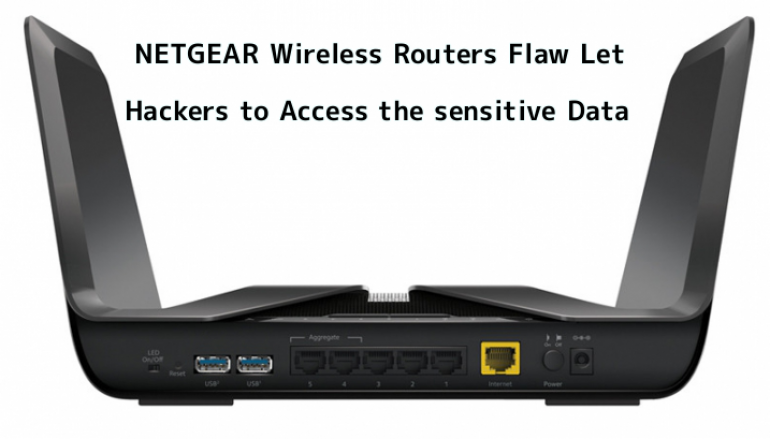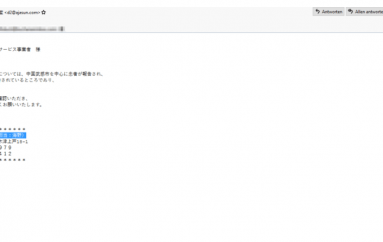
Multiple Vulnerabilities with NETGEAR Wireless Routers Allows Attackers to Access Sensitive Information
Researchers discovered multiple vulnerabilities with some NETGEAR wireless routers that allow an attacker to access sensitive information. The vulnerability exists in the KCodes’ NetUSB kernel module.
Only specific models of NETGEAR wireless routers use the kernel module from KCodes; the module shares USB devices over TCP, which allows clients to connect with various drivers and software.
According to Talos researcher, Dave McDaniel, “An attacker could send specific packets on the local network to exploit vulnerabilities in NetUSB, forcing the routers to disclose sensitive information and even giving the attacker the ability to remotely execute code.”
Remote Kernel Arbitrary Memory read Vulnerability (CVE-2019-5016)
The arbitrary memory read vulnerability exists in the KCodes NetUSB.ko kernel module; an unauthenticated attacker can trigger this vulnerability form a local network by sending a crafted packet with an invalid memory read that could result in denial of service or remote information disclosure.
Remote Kernel Information Disclosure Vulnerability (CVE-2019-5017)
An exploitable information disclosure vulnerability that resides with KCodes NetUSB.ko kernel module let an unauthenticated, remote attacker send a crafted packet with containing an opcode that will trigger the kernel module to return several addresses.
Cisco reached out to KCodes and NETGEAR regarding this vulnerability, and the update is scheduled to release.
Also, Cisco decided to release the details of our vulnerability after surpassing its 90-day deadline.
This post Multiple Vulnerabilities with NETGEAR Wireless Routers Allows Attackers to Access Sensitive Information originally appeared on GB Hackers.






